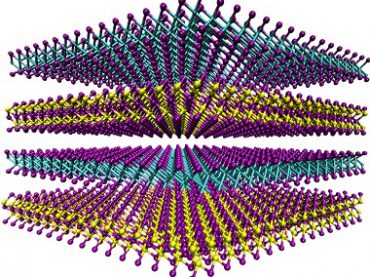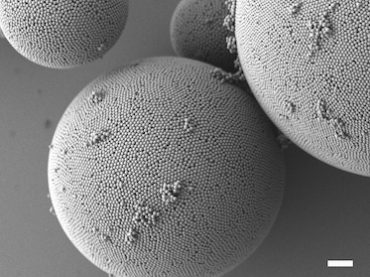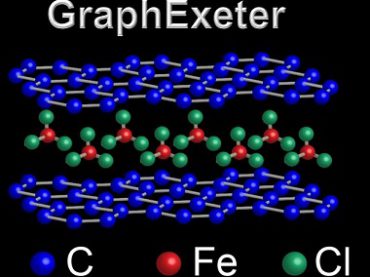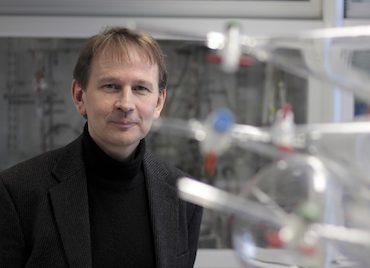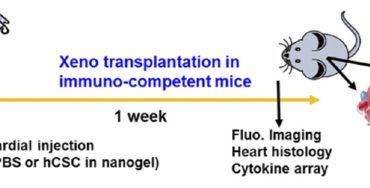This elastic yarn could be the future of power generation
An international team of scientists said in a study they had developed a stretchy yarn made of carbon nanotubes – tiny strands of carbon atoms up to 10,000 times smaller than a hair – that produces electricity from a host of natural sources…….. https://www.weforum.org/agenda/2017/09/this-elastic-yarn-could-be-the-future-of-power-generation?utm_content=buffer825e3&utm_medium=social&utm_source=facebook.com&utm_campaign=buffer















